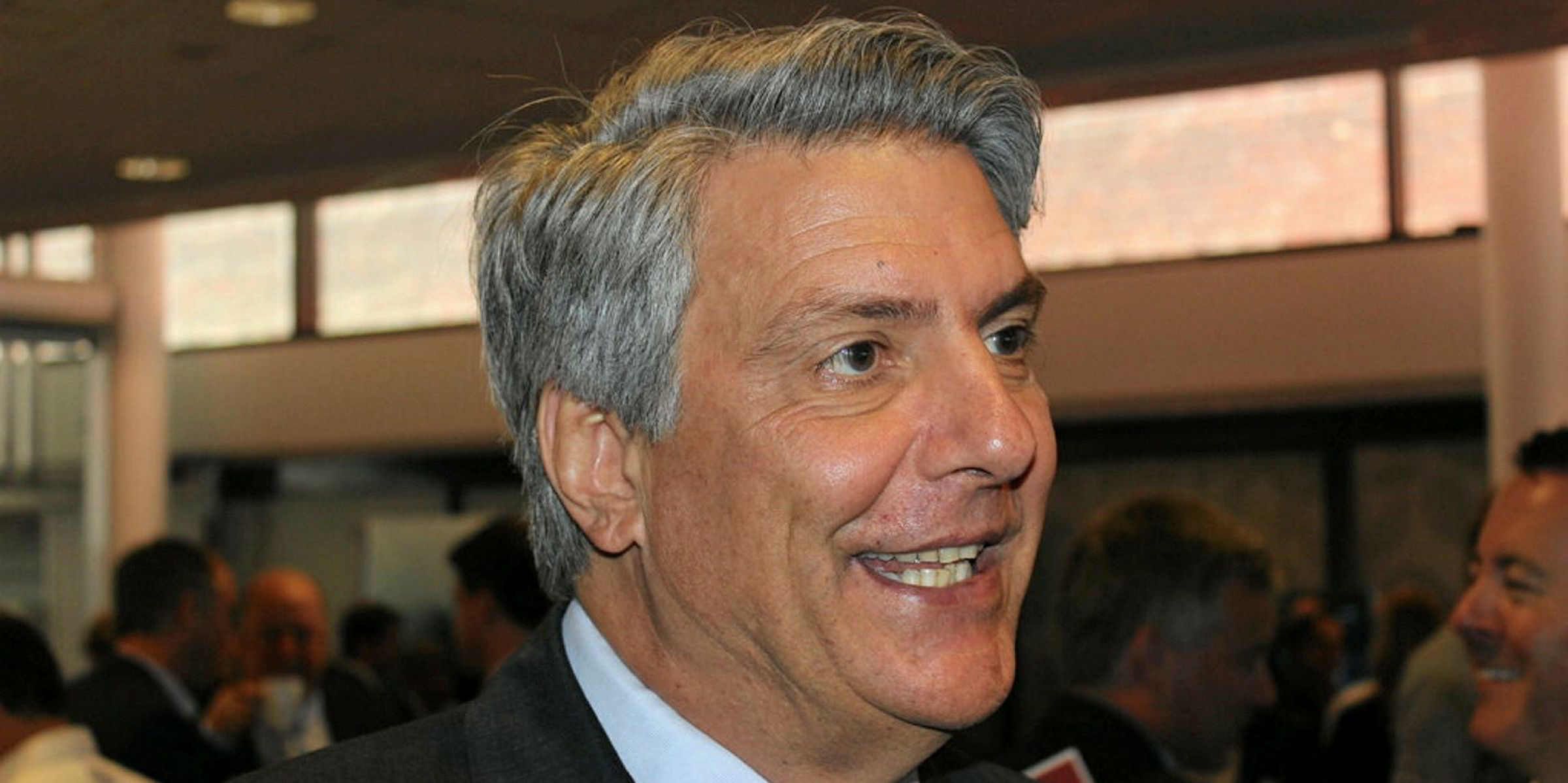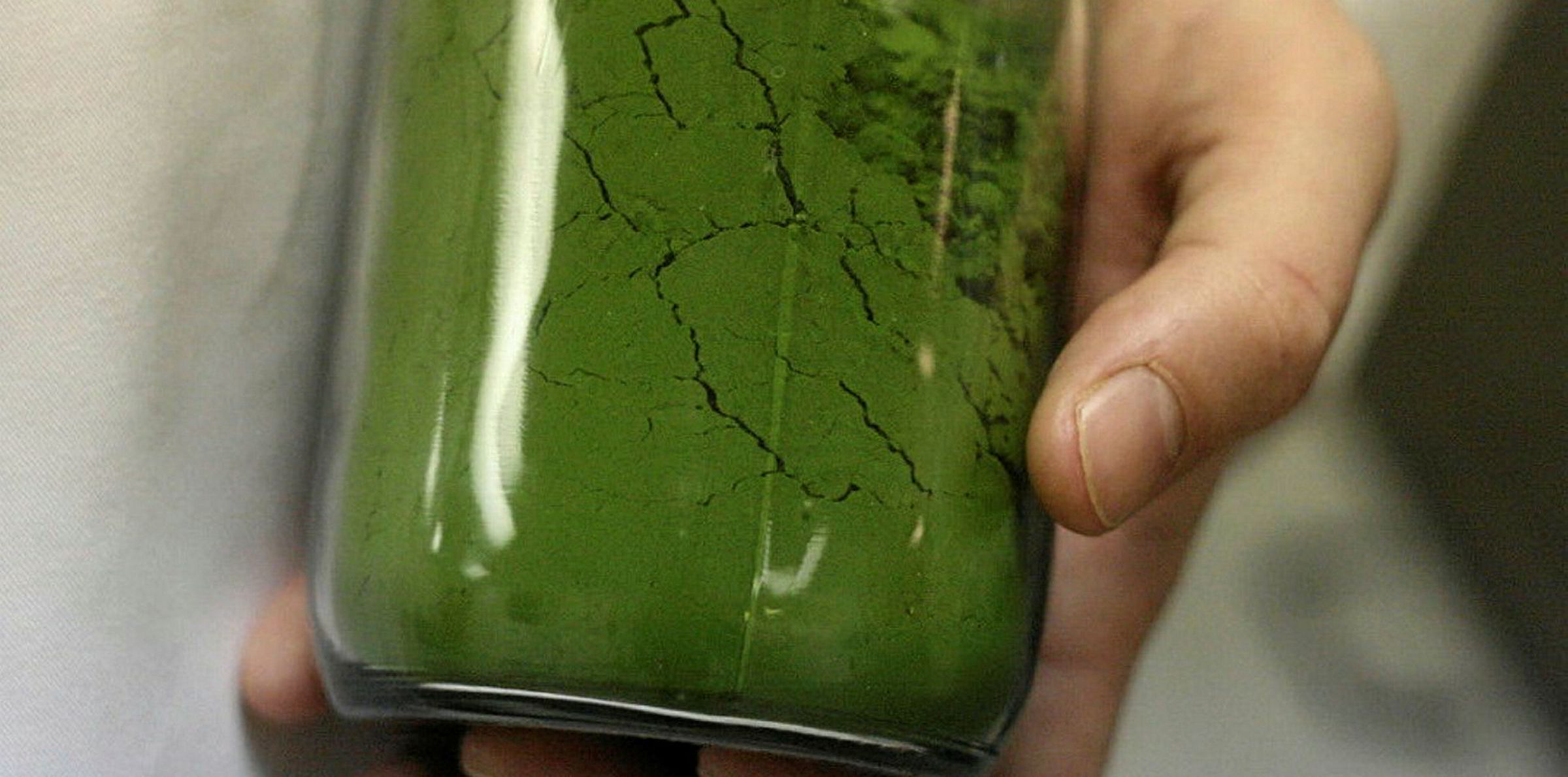One way to sell higher cost salmon that are fed with alternative ingredients that replace meal and oil from wild forage fish is to better educate retail and foodservice buyers, said Jose Villalon, corporate sustainability director at Nutreco, owner of feed giant Skretting.
Villalon acknowledged that the aquaculture and feed industries are innovating and driving transformative change without a substantial demand for such from buyers. Nevertheless, the move from wild fish feed resources to algae and other options adds cost to the price of salmon, and these costs need to be explained clearly to buyers.
Villalon said Skretting has found success by bringing together all parties in the supply chain – feed ingredient suppliers, feed companies and farmers -- to meet with buyers. By doing so, he said, buyers receive a more complete understanding of the value chain and how changes in feed and other points along the supply chain influence the cost of the fish.
He cited an example in which Skretting fed salmon with 1 percent algal oil from Veramaris, which replaced 30 percent of the fish oil in the feed and gave the fish a 15 percent higher EPA and DHA content. Costs increased 6 percent, but Skretting and its value chain partners could better explain the increase by pointing out that the fish was environmentally better – less use of forage fish – and healthier because of the higher omega-3 levels.


